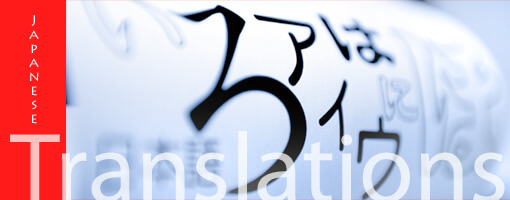What is back translation?
Back translation is used as a rigorous check of any translation that has already been translated. It is not common as the whole back translation process adds work, time, and cost to the translation project. Basically, the back translation procedure is relatively simple as it is a translation back to the original source language from the translated version. To be effective, it must be done by another translator altogether, i.e. not by the person who completed the forward translation.
The back-translation method
The back-translation method is no different from the forward translation method. The translator tasked with the back translation is given the translated version of an original chunk of text and deals with it as if it was any other translation, not having seen the original source material. This is important because one of the whole points of the back translation method is to see if there were any errors in meaning or context that were made in the first (forward) translation.
What is the purpose of back translation?
The back translation concept is an added refinement of proofreading. Generally, professionally translated material is edited and proofread, but some content is so important that the back translation process is an added safeguard. Once the back translation has been completed, it is carefully compared to the original source material. It is unlikely that it would be a 100% copy, but it is important to make sure that there are no glaring errors and the back translation is as close to the source versions as possible.
Are there any disadvantages in back translation?
There are more advantages than disadvantages to back-translation. It is like having two or more different proofreaders go through a chunk of text. This is bound to result in a more accurately worded text. This is true for proofreading translated text as well. So why do most projects not involve back translation?
While back translation adds another level of safeguarding the accuracy of a translation it does take time and therefore it becomes a more expensive option than not bothering with it. Also, back translations must be completed by different translators who do not have any knowledge of what the original (forward) translator’s material was all about. This presupposes that back translation is typically only offered by larger translation agencies and not by individual freelance translators.
Where back translation is most suited
The back translation concept is most useful where accuracy is at a premium and errors or potential misunderstandings cannot be tolerated. Medical journals, instructions, and clinical trials and results are good examples of where the back translation is useful. Instruction manuals for potentially dangerous machinery or equipment could also benefit from back translation whenever these manuals need to be translated into multiple languages.
Business agreements and international treaties and trade agreements between different governments cannot afford to be misunderstood so these are also very good examples where it is important to employ back translation.




















